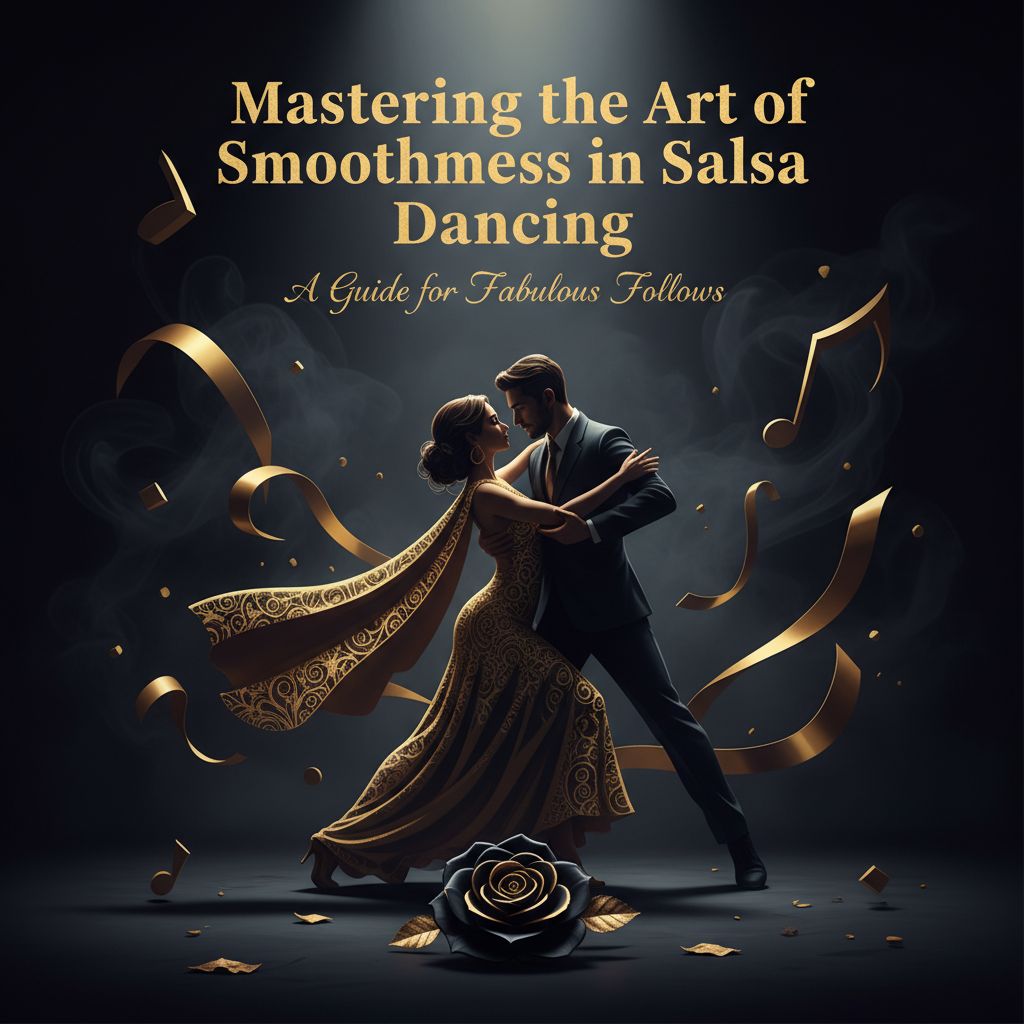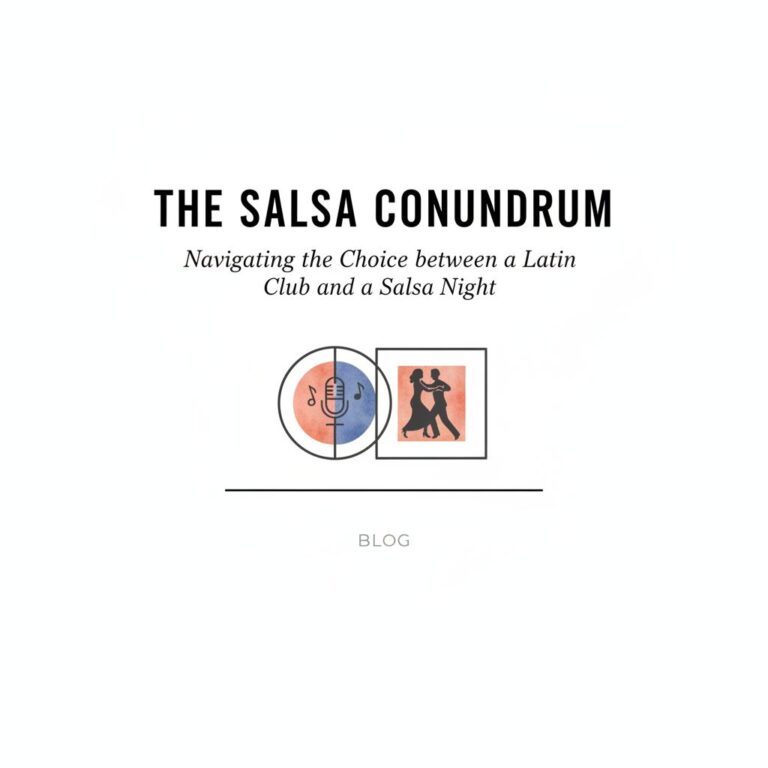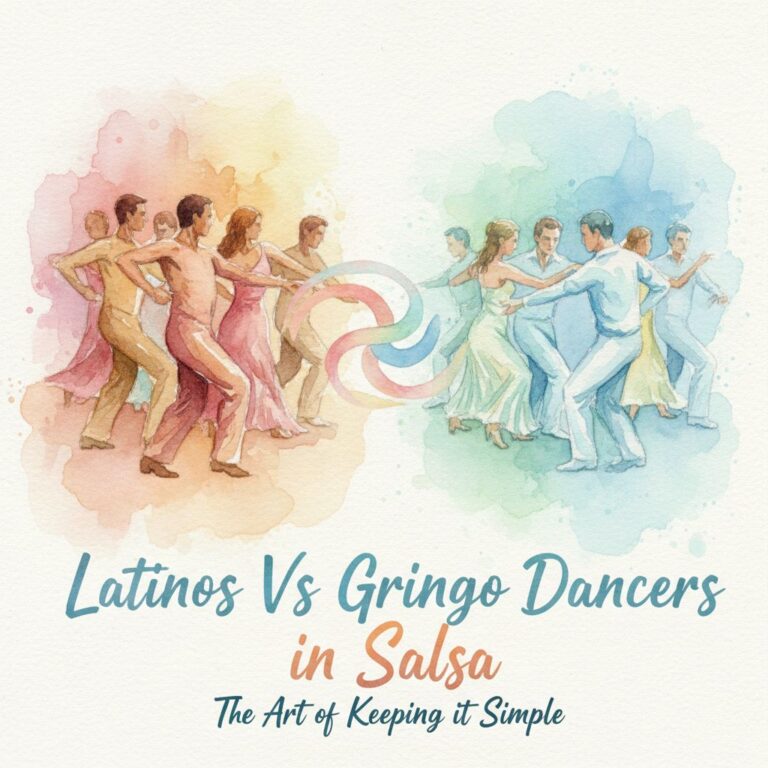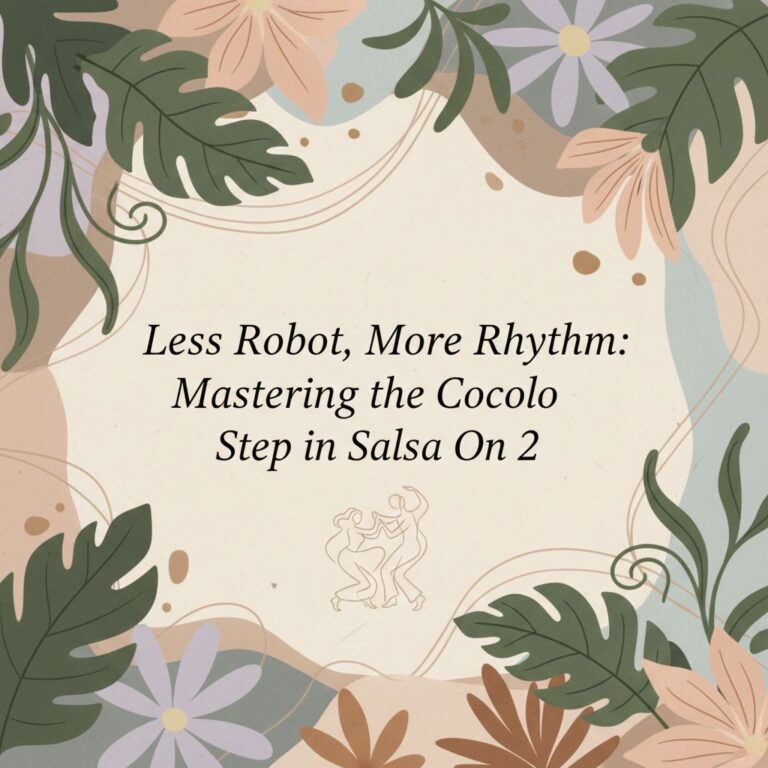Understanding the Essence of Salsa Dance
Salsa dance, like any other dance, is an exquisite form of art that requires not just rhythm and movement but also a profound understanding of connection between partners. The dancer who follows, often referred to as ‘follow’, carries the unique and critical role of bringing smoothness to the dance, turning the lead’s commands into fluid motion that charms the audience. Smoothness in this context doesn’t merely refer to the absence of jerky motions; it embodies grace, precision, and seamless transitions between dance moves.
The Core Elements of Smoothness in Salsa Dance
Balance and Groundedness
A smooth dance begins with a clear foundation and groundedness. The ability to maintain your balance while executing various movements is vital. Losing balance often leads to over-reliance on the arms for stability, which in turn disturbs the smoothness of the dance.
Engagement of the Frame
The importance of a good frame can’t be overstated. If your frame is not engaged, you may end up using your shoulders, causing your movements to be jerky and forceful. Engaging your frame is as simple as pushing your sternum up and relaxing your arms, as if you’re holding up a tray with both hands.
Effortless Force
Applying only the minimum required force is another key aspect of a smooth salsa dance. Especially in spins, it’s essential to understand that most followers will provide a significant portion of their own momentum. Excessive push or pull disrupts the smooth flow of the dance.
Timing and Rhythm
Timing is the heartbeat of salsa dance; it’s what synchronizes your movements with the music, and the lead’s instructions. Mastery of basic timing is fundamental to creating and maintaining smoothness in the dance. It requires you to anticipate your moves and communicate them clearly to your dance partner.
Adapting to your Partner
Salsa is a couple’s dance, and adaptation plays a crucial role in making it smooth. Being aware of your partner’s timing, their weight shifts, and dancing to their rhythm instead of dragging them along with your moves, helps create a smooth and harmonious dance.
Smoothness is More than Just Technique
Beyond these technical aspects, smoothness in salsa dancing is also about musicality, body movements, and athleticism. Musicality refers to your ability to interpret and express the music through your movements. Good body movement ensures smooth transitions between different dance patterns, while athleticism, to some degree, dictates your ability to execute the dance moves with grace and ease.
Conclusion
Smoothness in salsa dance is a blend of technique, musicality, and the magic of the dancers’ connection. It is this elusive quality that makes some dancers enchantingly smooth, their movements flowing like water, captivating their audience and taking them on a rhythmic journey pulsating with the beat of the music.







